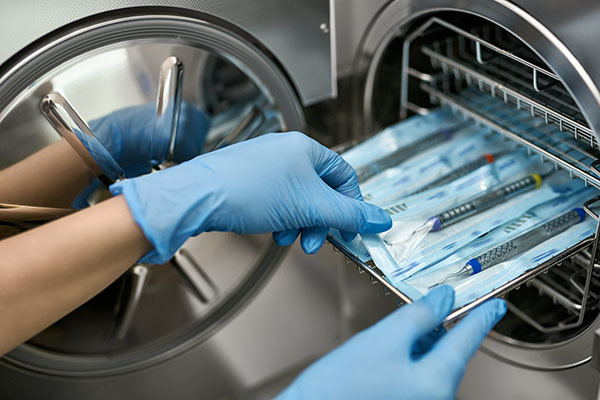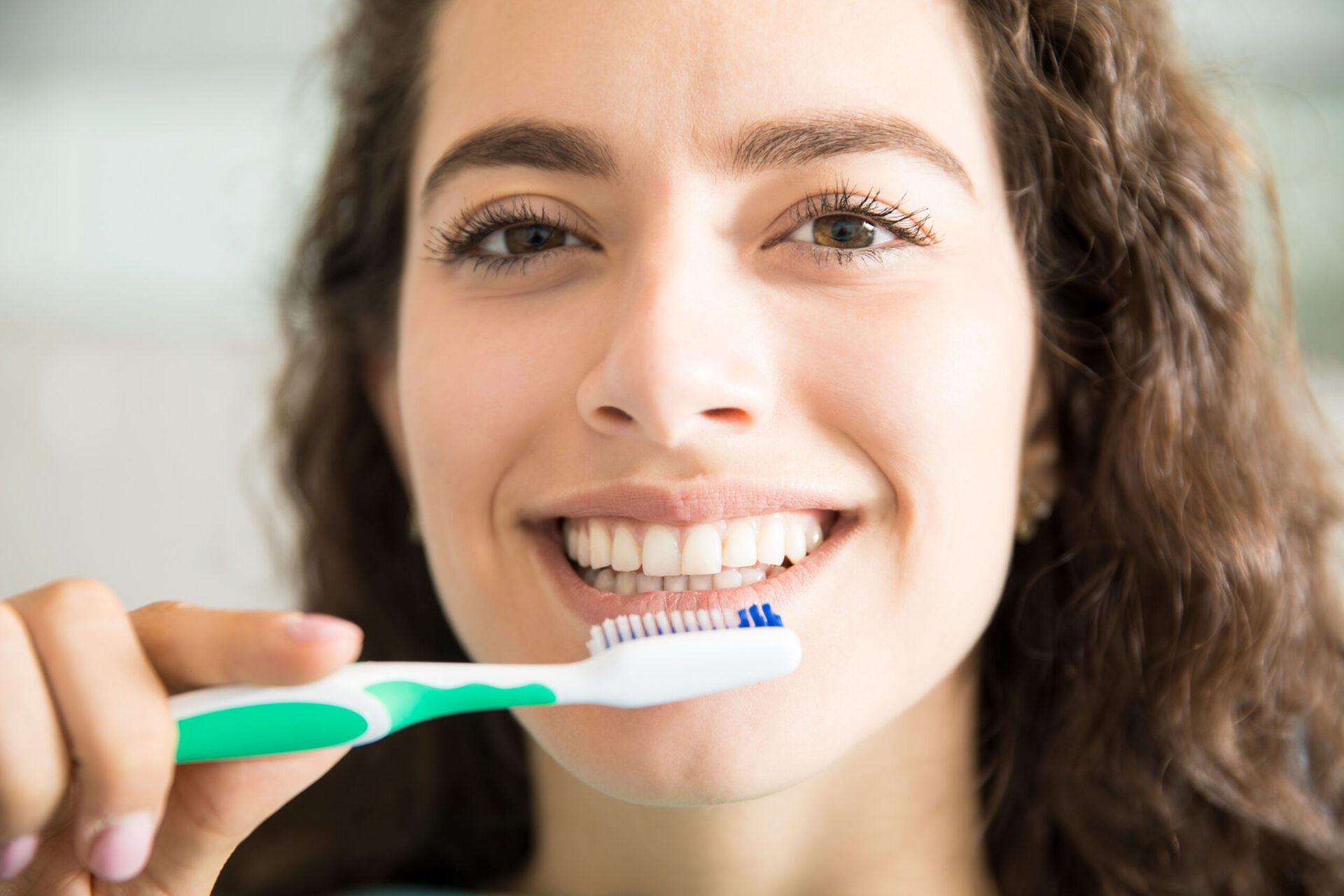Brush your teeth. Brushing your teeth is important because it removes plaque and food particles from your teeth. Plaque bacteria can cause tooth decay, gum disease, and bad breath.
Brushing your teeth with a toothbrush is the most common method. It can be used alone or in conjunction with other dental tools like flossing, mouthwash, and dental picks.
Some people struggle to brush their teeth because they lack mobility or are unable to reach their back teeth. An electric toothbrush may be more appropriate for these people.
Brush your teeth in the following manner:
The first step is to wet the toothbrush and then put a small amount of toothpaste on it. Next, you need to brush all of your teeth, starting from the front ones and then moving back to the last ones.
- Place your toothbrush at a 45-degree angle to the gums.
- Gently move back and forth with the brush in short (tooth-wide) strokes.
- Brush the teeth’s outer surfaces, inner surfaces, and chewing surfaces.
- Tilt the brush vertically and make several up-and-down strokes to clean the inside surfaces of the front teeth.
- Brush your teeth with a soft-bristled brush twice a day. The size and shape of your brush should fit your mouth and allow you to easily reach all areas.
- Replace your toothbrush every three to four months, or more frequently if the bristles are frayed. A worn toothbrush will not effectively clean your teeth.
- You should brush your tongue as well, but be careful not to brush too hard, or you might hurt yourself.
- Make sure to use fluoride toothpaste.
Of course, brushing your teeth is only one part of a complete dental care regimen. You should also make certain that:
- Once a day, clean between your teeth. Bacteria that cause tooth decay still exist between teeth, where toothbrush bristles cannot reach them. This aids in the removal of plaque and food particles from between the teeth and beneath the gum line.
- Consume a well-balanced diet that excludes sugary beverages and snacks.
- See your dentist on a regular basis for oral disease prevention and treatment.
How to Brush Your Teeth with an Electric Toothbrush
Electric toothbrushes cost more than manual toothbrushes, but they can save you time. They are typically recommended for people who have arthritis or other conditions that make brushing their teeth with a manual toothbrush difficult.
The first step is to read the instruction manual that came with your Electric toothbrush. It will instruct you on how to charge your electric toothbrush, how to change the brush head, and what the various settings are for.
Some of them now have timers that tell you when it’s time to move on to the next part of your mouth, which can help prevent you from over-brushing one area while under-brushing another.




